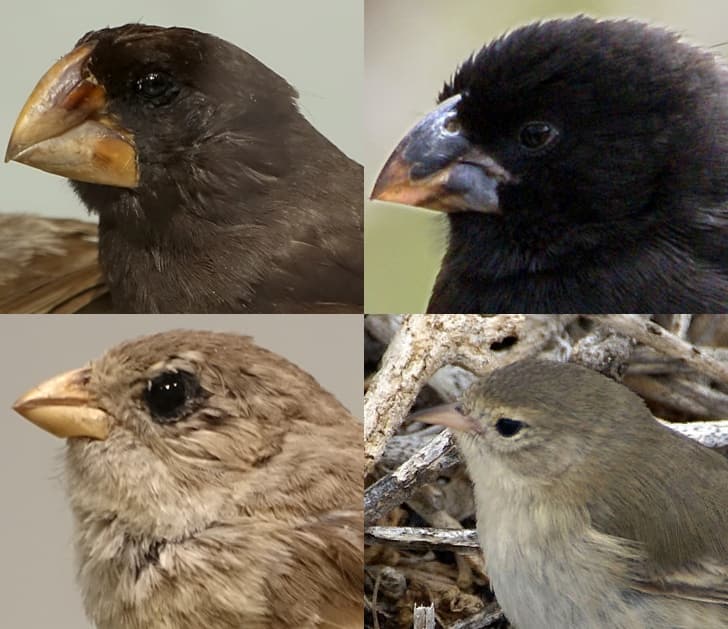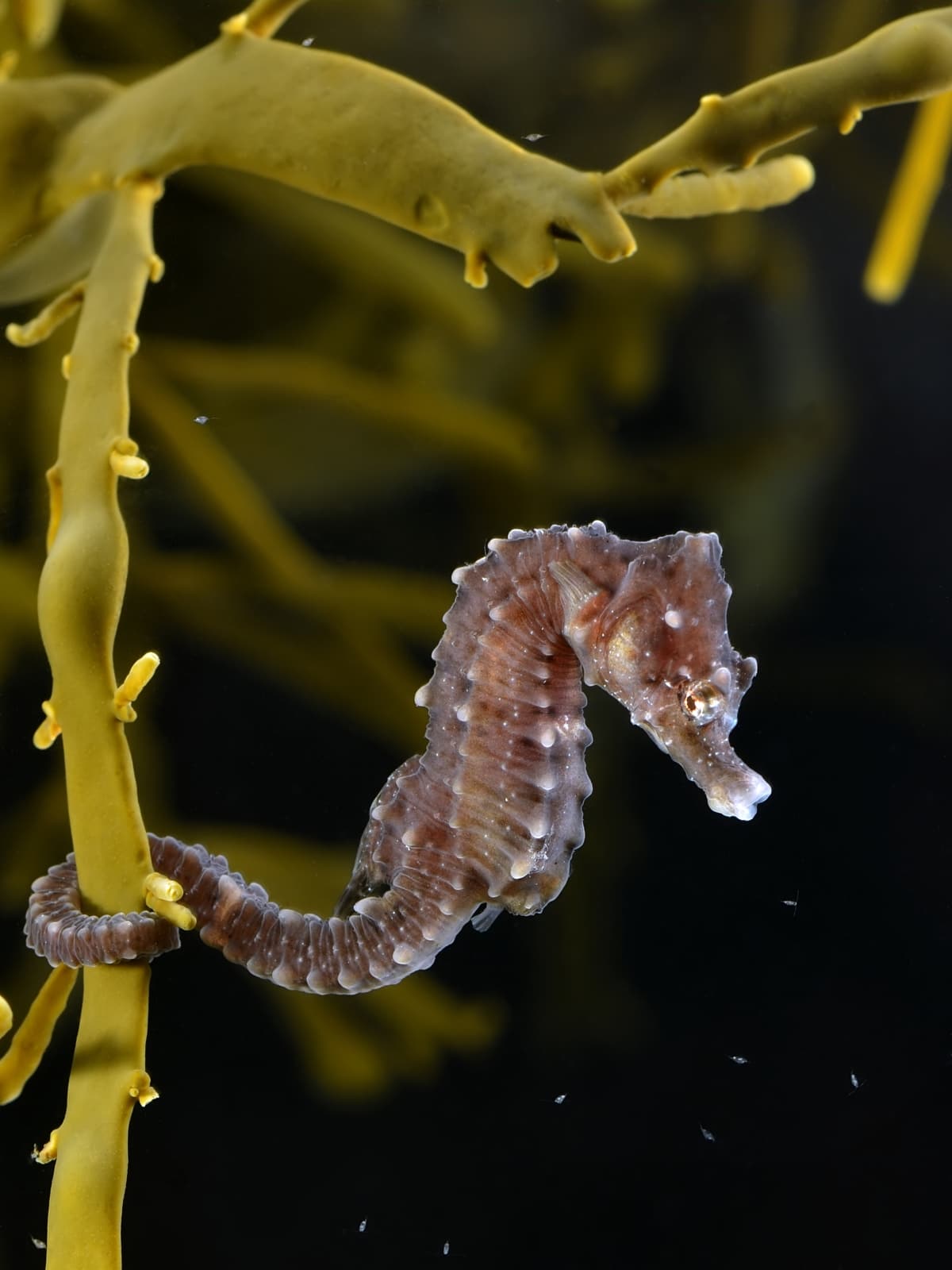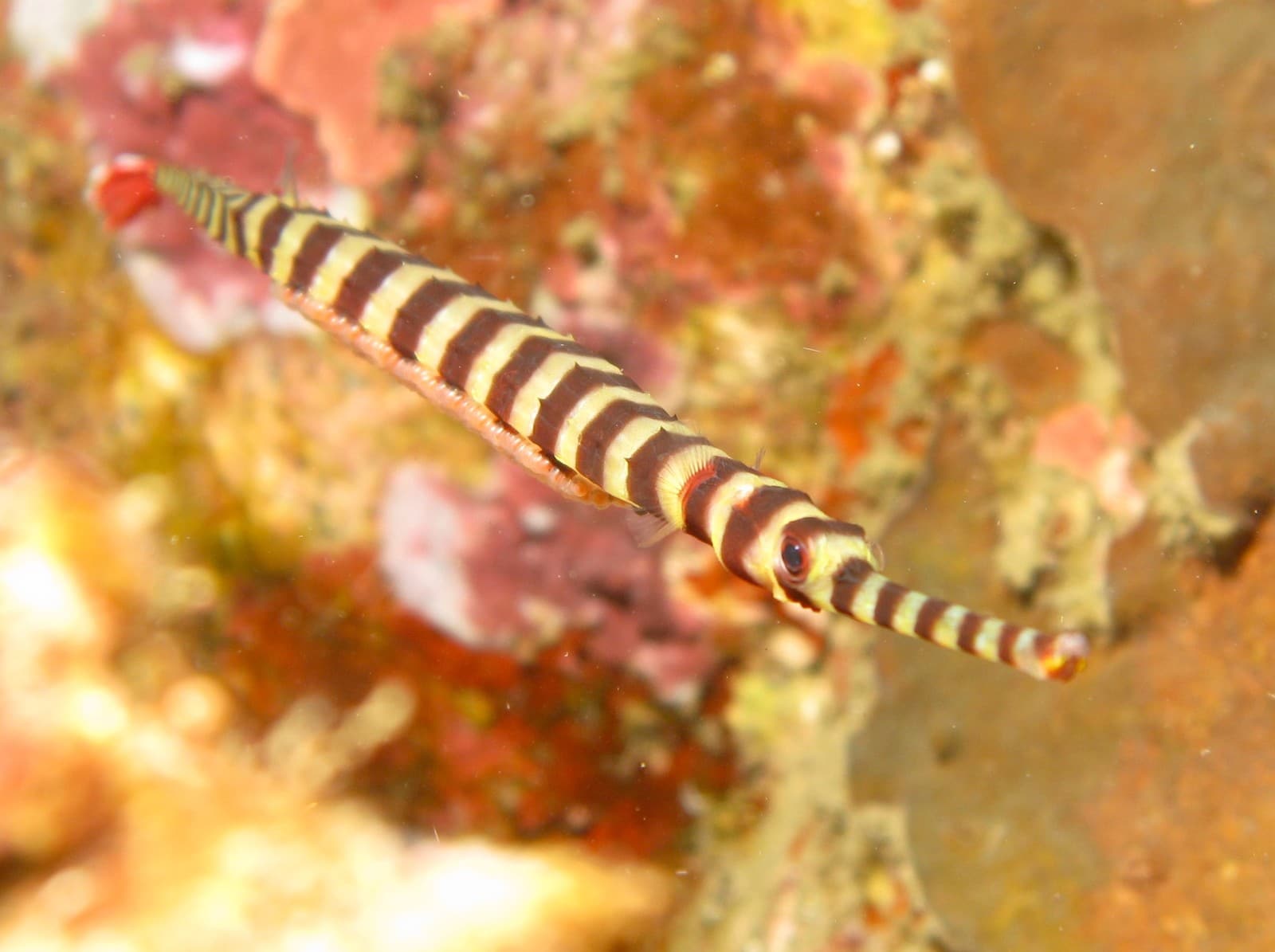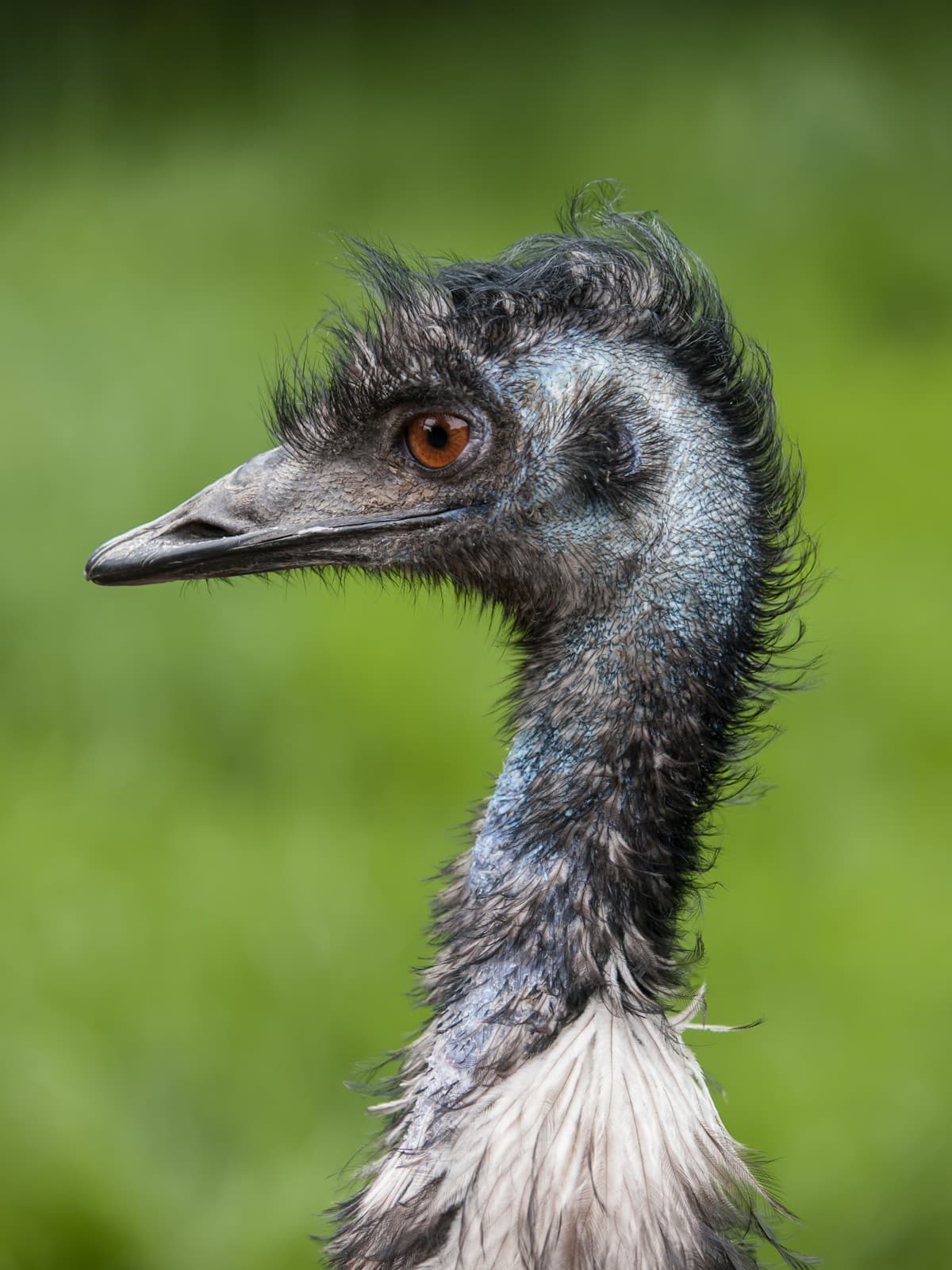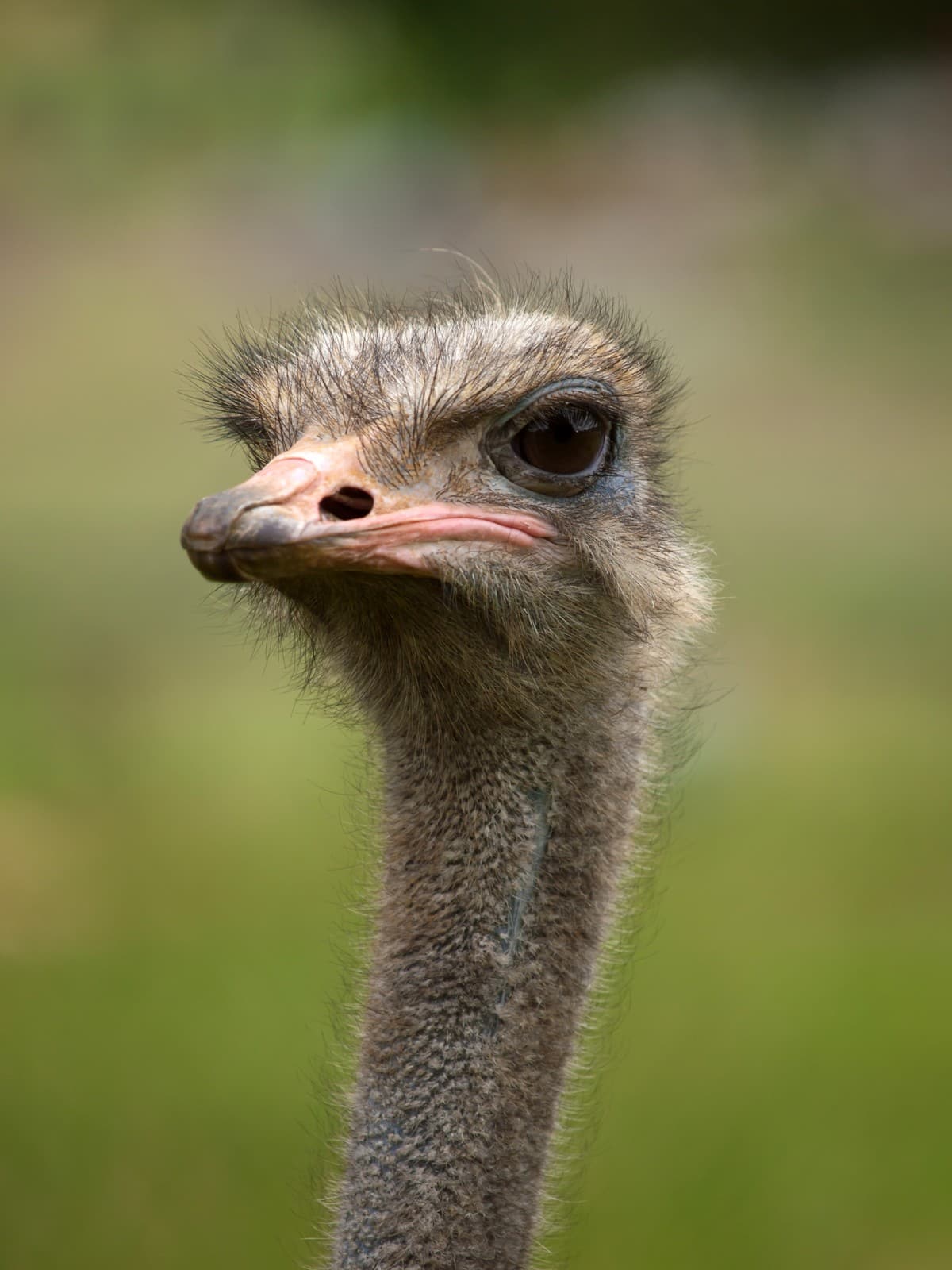Rainbow Lorikeet vs Sun Conure: A Complete Comparison
When comparing the Rainbow Lorikeet vs Sun Conure, these vibrant parrots showcase distinct characteristics that set them apart. Rainbow Lorikeets measure 10-12 inches (25-30 cm) in length and feature specialized brush-tipped tongues for nectar feeding, while Sun Conures reach 12 inches (30 cm) and possess traditional seed-cracking beaks typical of most parrots.
These spectacular birds differ significantly in their dietary needs, temperament, and care requirements. Rainbow Lorikeets require a specialized nectar-based diet, while Sun Conures thrive on a more conventional seed and fresh food mixture. Understanding these differences is crucial for potential owners considering either species as a companion.
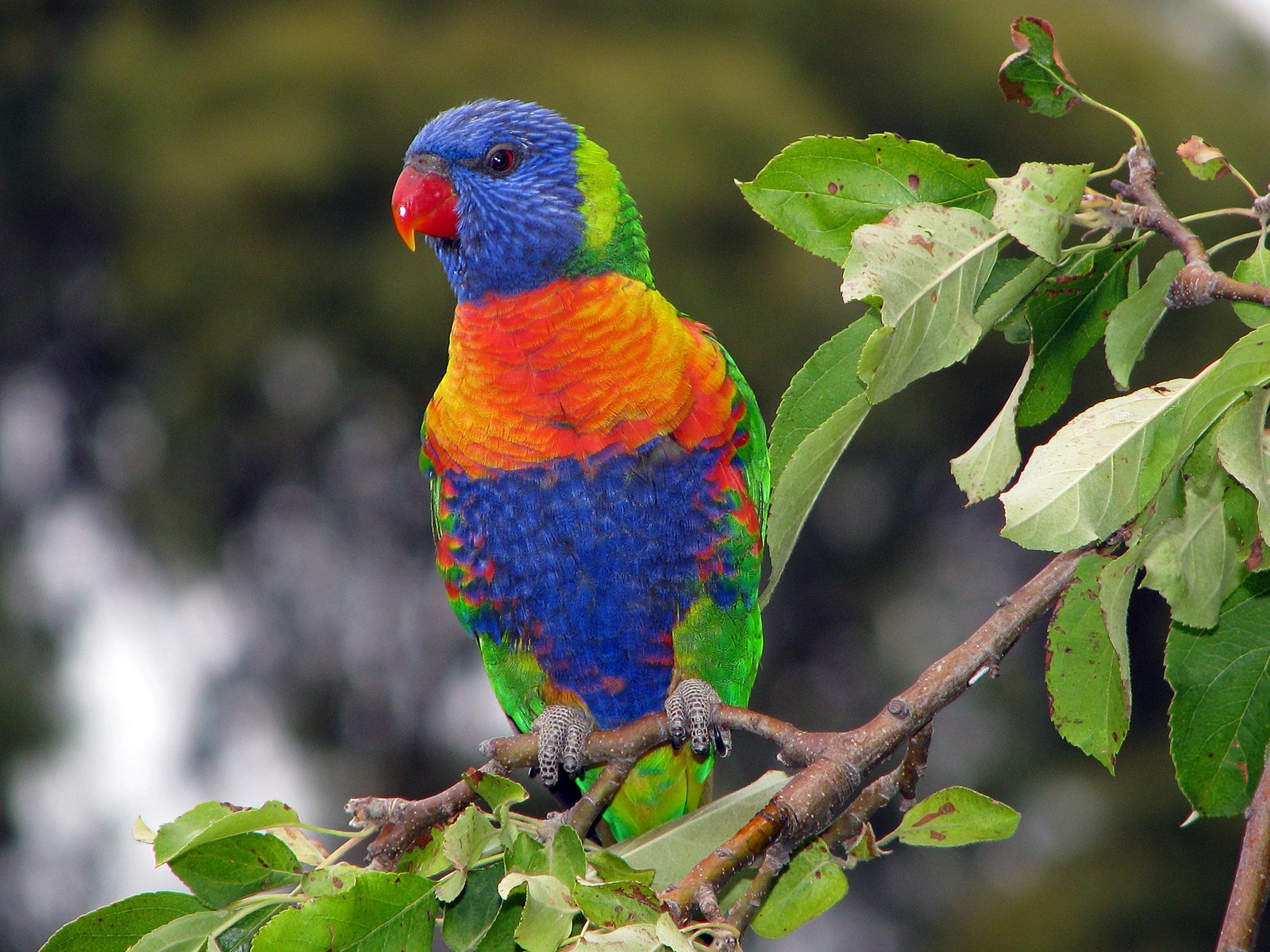
© Alfred Sin / CC BY-SA 2.0
The Rainbow Lorikeet showcases nature’s most brilliant palette, with its distinctive blue head, orange-red chest, and green wings making it instantly recognizable among companion parrots. These active birds are native to Australia and require specialized care to thrive in captivity.
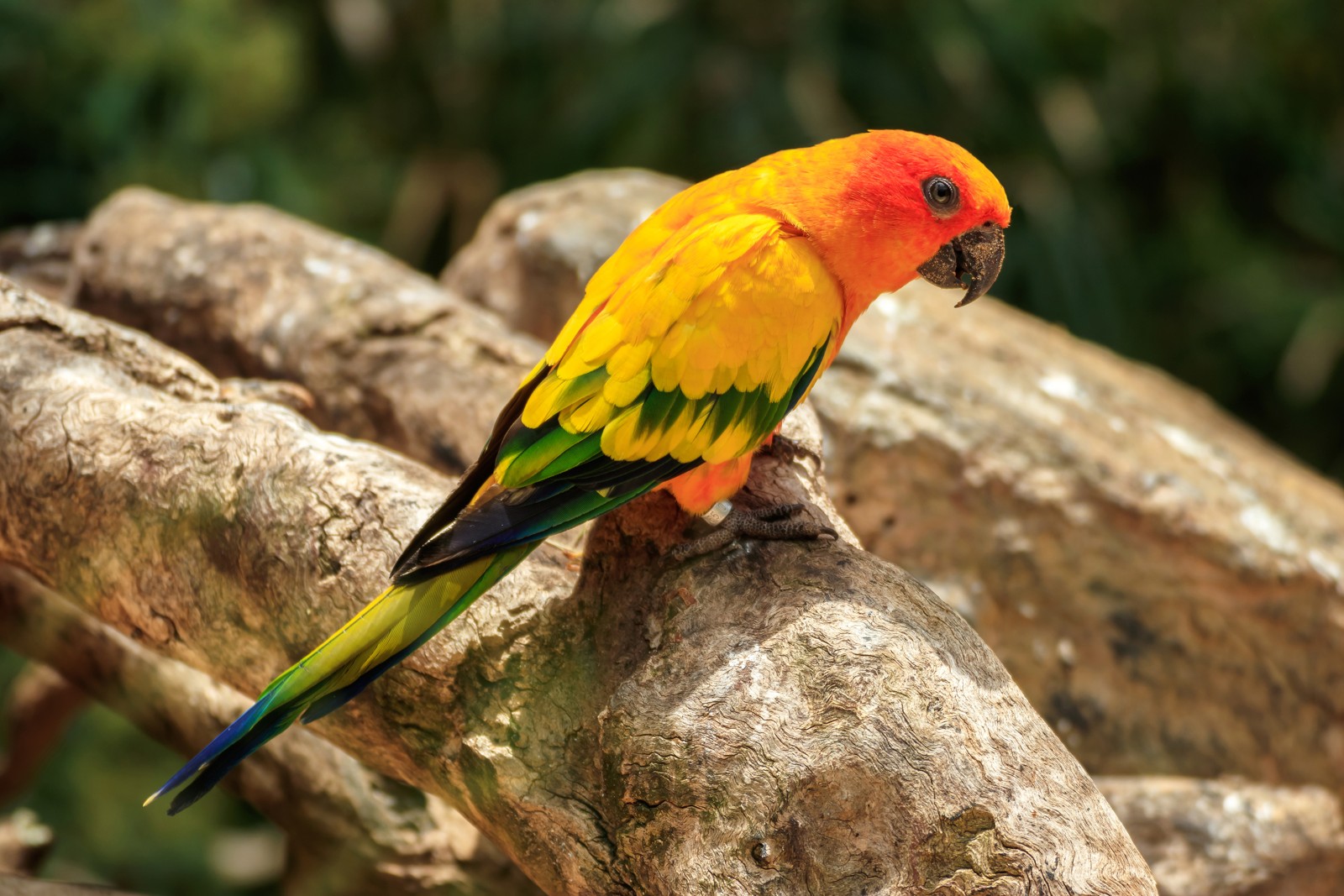
© H. Zell / CC BY-SA 3.0
The Sun Conure displays equally stunning plumage dominated by golden-yellow and bright orange hues. Native to South American rainforests, these birds are known for their playful personalities and strong bonds with their human caregivers.
Key Differences: Rainbow Lorikeet vs Sun Conure
| Feature | Rainbow Lorikeet | Sun Conure |
|---|---|---|
| Size | 10-12 inches (25-30 cm) | 12 inches (30 cm) |
| Lifespan | 20-30 years | 25-30 years |
| Diet | Nectar, pollen, fruit | Seeds, fruits, vegetables |
| Noise Level | Moderate to high, screeching | Very loud, piercing calls |
| Intelligence | High, excellent mimics | High, good problem-solvers |
| Care Level | Advanced (specialized diet) | Intermediate |
Habitat and Natural Environment
Rainbow Lorikeets inhabit coastal regions and woodlands across Australia, requiring environments rich in flowering trees and natural nectar sources. Their specialized brush-tipped tongues evolved specifically for harvesting nectar and pollen from native Australian flora.
Sun Conures naturally occur in northeastern South America, particularly in Venezuela and Brazil. These birds prefer tropical forest edges and savannas, where they live in small flocks feeding primarily on seeds, fruits, and flowers.
Personality and Behavior
Rainbow Lorikeet Temperament
- Extremely active and acrobatic
- Highly social with other lorikeets
- Can be territorial with other bird species
- Requires extensive daily interaction
- Known for their playful and curious nature
Sun Conure Temperament
- Affectionate and devoted to owners
- More aggressive than lorikeets
- Excellent family birds when properly socialized
- Need consistent handling and attention
- Prone to loud vocalizations when excited
Care Requirements and Housing
Rainbow Lorikeets demand specialized care due to their unique dietary needs. Their enclosure should measure at least 4x2x2 feet (122x61x61 cm) and include multiple perches of varying diameters. Daily cleaning is essential due to their liquid diet producing watery droppings.
Sun Conures require similar cage dimensions but are less messy. They need robust toys for chewing and foraging activities. Both species thrive with several hours of supervised out-of-cage time daily for exercise and social interaction.
Health Considerations
Rainbow Lorikeets are susceptible to:
- Candida infections from improper diet
- Vitamin A deficiency
- Respiratory infections
- Stress-related feather plucking
Sun Conures commonly face:
- Obesity from excessive seed consumption
- Psittacosis
- Feather mites
- Beak and feather disease
Making the Choice
When deciding between a Rainbow Lorikeet vs Sun Conure, consider these factors:
- Experience level with parrots
- Ability to provide specialized diet
- Tolerance for noise
- Available time for interaction
- Local availability of veterinary care
- Climate suitability
- Housing space
Both species make engaging companions for the right owners, but their distinct care requirements and personalities should guide the final decision. Rainbow Lorikeets suit experienced bird keepers comfortable with specialized care, while Sun Conures adapt well to family settings with proper training and attention.


